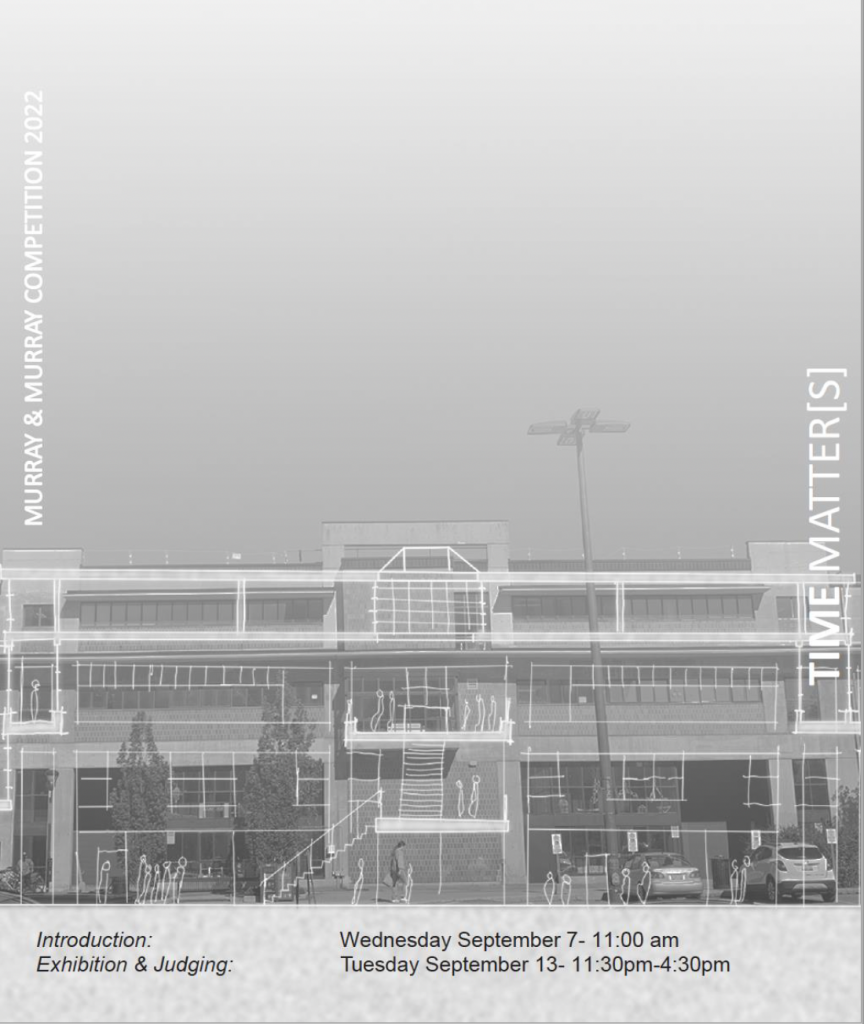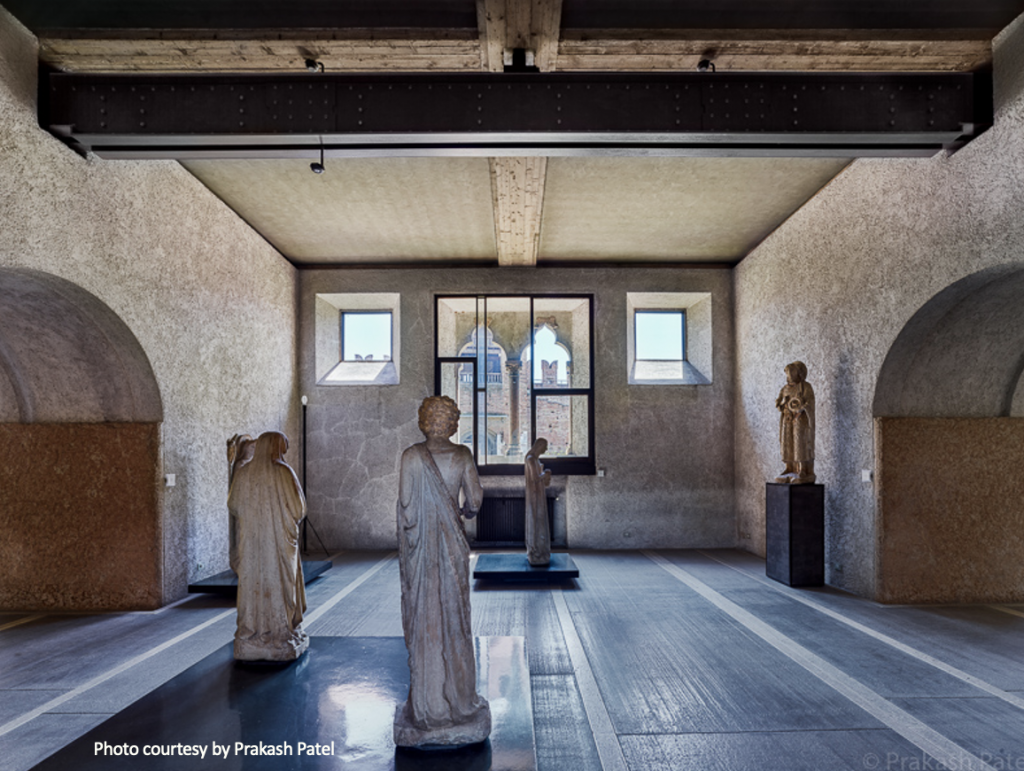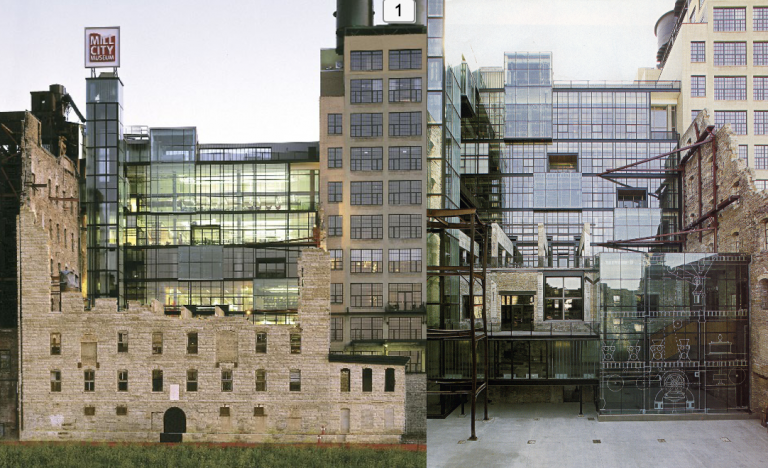Murray & Murray Competition 2022: Time Matter{s}
September 7, 2022
The Murray & Murray Competition is a one-week drawing competition (September 7-13) with cash prizes. It has been a tradition at the Azrieli School of Architecture & Urbanism since 2003, with all students invited to participate.
“This year, the Murray & Murray Competition calls for the design of places for storytelling to unravel the role of time in architectural design,” says Interim Director Federica Goffi. “It’s a very quick and fun exercise.”
Dr. Goffi launched the competition on September 7 at the School Opening, which took place in the Pit of the Architecture Building and was attended by more than 400 students.
Watch the School Opening and Murray & Murray callout on Facebook.
Murray & Murray Competition Call (download here)

Here is the introduction to the project that Goffi gave at the event.
Time is a design material. Time—the other face of change and adaptation—impacts materiality and essence, revealing a cross-exchange with architecture. Place itself is constructed over time through the merging of multiple unfinished stories.
Acknowledging time as ‘photographic memory’ would be tantamount to compressing history to a still-shot. An understanding of the past as inventory can turn cities into museums, congealing our imagination of place and limiting our understanding of the past to a read-only experience. Yet, the past is at work in the present though it does not fully coincide with it.

In this 1950’s photograph, Carlo Scarpa overlays a free-hand ink drawing to reimagine the historical wall of a castle in Verona, Italy. The perception of before and after becomes possible when change is made visible, thus creating memory. Scarpa’s drawings are immersed in a slow-tempo parallel to the building site’s alterations.
New buildings are often designed as finished objects for short life cycles, with a focus on individual creators, rather than architecture as the product of a multiplicity of stories through time. This attitude makes architecture not apt to age well, less inclusive, and less sustainable.
The photographic layering transformed into built reality acquires a physical and temporal depth that speaks of history as a constructed thought. Through transparency, two time layers can be read simultaneously — revealing the permeability of time.


The shadows of the past co-exist within the present. Time Matter[s]: we stand in both place and time. Architecture is not just a spatial art — it is a temporal art. Each site or building is born under a set of contingencies, defining a specific astrology at birth. If a site, building, or project is to resemble memory, one has to question which kind of memory and whose memory are we talking about?
Temporal disjunctions between an anterior and a posterior condition can be made visible through the careful articulation of stories in adapting sites and buildings.

Here, Scarpa draws on a photograph to imagine a cut within a historic wall of the castle. He intervened to add a temporal joint to separate a tower dating from the period of the Napoleonic occupation of Verona and the medieval body of the Castelvecchio to emphasise the tangibility and legibility of urban history.
In the work of MS&R, inspired by American artist Gordon Matta-Clark (1943-1978), the ‘time-lapse’ between additions generates the hybrid story of a contemporary museum and the largest flour mill in the United States as an industrial ruin of a building destroyed by fire. The memory of an original section of the mill is engraved on a new glass façade.

Through the Murray & Murray Competition you are invited to explore two temporal conditions —merging them onto a new medium: a photograph of a site or building printed on paper, over which a sectional representation realizes a contiguous imagery of past and future events, evoking the process through which memory traces overlay in the imagination. Through metaphoric or literal transparency of a medium, combined with chosen representation techniques, the past is not erased from memory but rather ambiguously dwells within a possible future. In this rests the possibility for a resurfacing of memories, establishing a meaningful design dialogue between the layers of different stories. Your photograph has the potential to become a medium carrying the traces of a transformation forming a contiguous imagery of past & future.
This photograph by Gordon Matta Clark from his project SPLIT is an example of what I would call a CRONOSECTION. Clark operated a vertical cut through the house and then took series of photographs in each room which he collaged together in this section. This section (and I would say any sectional drawing) speaks to this kind of temporality, establishing a narrative frame moving from one space to another.
The use of the word CRONOSECTION is inspired by the Chronophotographs by Jules Etienne Marey (1883) where motion is made visible by overlaying multiple exposures on a single photographic plate.
Storytelling is plural. The collective imagination of a place is sustained through the making and multiplication of images and narratives, informing a diverse sense of place, which we experience differently. Every place is inhabited by diverse stories over time. We may see places as sites for interventions, but perhaps we can also begin to see time as the place of our work.
The call of this year’s Murray & Murray Competition is based on understanding the relationship between architecture and its making-in-time to define a merging of architecture and conservation into a hyphened practice of adaptive-architecture as a form of design informed by a multi-cultural look toward past and future. This might inspire our approach to design, emphasizing the presence of censored or under-acknowledged layers of history. Starting from this premise, the Murray & Murray competition asks: what is the time-matter at hand in the making of a building?
TO BEGIN: identify a site for your realization of a place for storytelling[s]. Your studio faculty may offer additional context. Select a text of your choice about an idea of time or a story — this could act as a kind of brief for the drawing. Take a photograph of a site and treat it as your drawing paper which is now the site for your (Chrono)section: which is a sectional drawing offering layered time representations in a same site evoking different realities and stories. You may decide to work retrospectively (looking towards a past history), in the present context, or anticipate possible futures.
THE DRAWING will be executed on a photograph printed on an 18″ x 24″ sheet of paper, landscape or portrait orientation, and will include a chrono-section. While drawing on a supporting printed layer, feel free to explore all kinds of media through hand drawing.
THE TITLE should provide insight into the work. Please indicate the location of the intervention and the years of intervention as you imagine them.
EXHIBITION & JUDGING
Drawing entries will be pinned up on the main floor, the Lightroom Gallery, and the 4th-floor street between 8:00 a.m. and 11:30 a.m. on Tuesday, September 13.
Please do not pin-up drawings in the PIT. The finalists will be moved to the PIT at 2.00 p.m., when we will serve coffee and cookies.
When you post your drawing, please write your name and student ID number on the back of the sheet to keep the judging anonymous.
Phase 1 Judges
All studio faculty will each have 20 stickers to assign to the top drawings. Drawings with five or more votes will be moved to the PIT at 2:00 p.m., when the second stage of evaluation, with the final jury, will begin.
Phase 2 Judges
Tim Murray, retired Ottawa architect who endowed the prize
Konstantinos Avramidis, lecturer in Architecture and Landscapes at the University of Cyprus
Menna Agha, assistant professor, ASAU
Lyette Fortin, adjunct professor, ASAU
Lisa Moffitt, associate professor, ASAU
Omeasoo Wahpasiw, assistant professor, ASAU
Isabel Potworowski, PhD student and contract instructor, ASAU
Announcement of winners at 3:15 pm.
The jury will award $7,000 in prizes.
First Prize — $2,000
Second Prize — $1,500
Third Prize — $1,000
Plus, five Honour Awards — $500 each
The event will conclude with a 15–minutes presentation by our guest Dr. Avramidis on Graffiti, Street Art, and Buildings as unsolicited drawing surfaces.